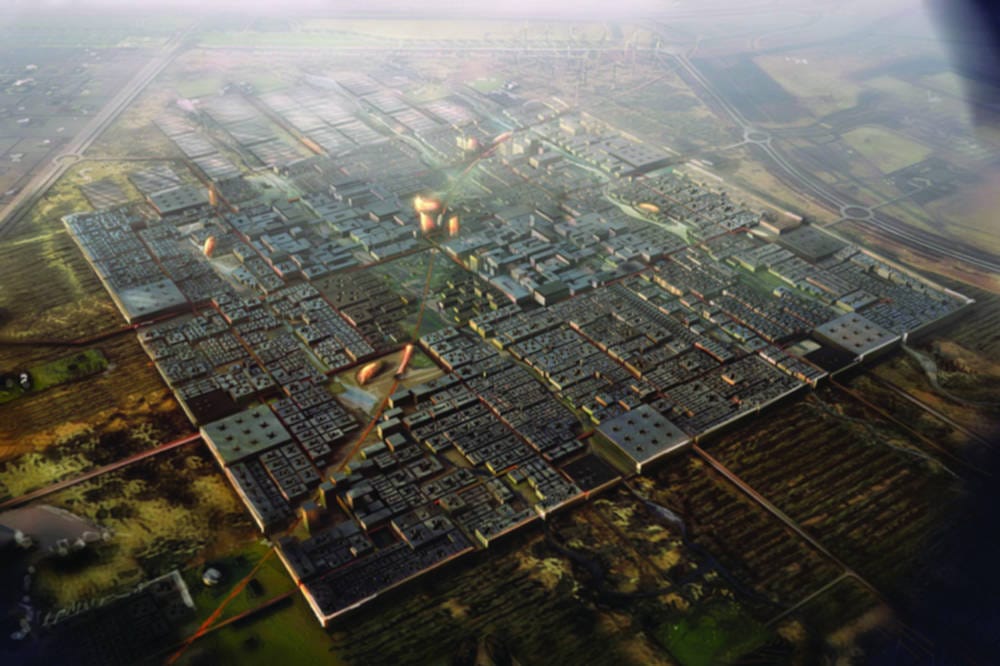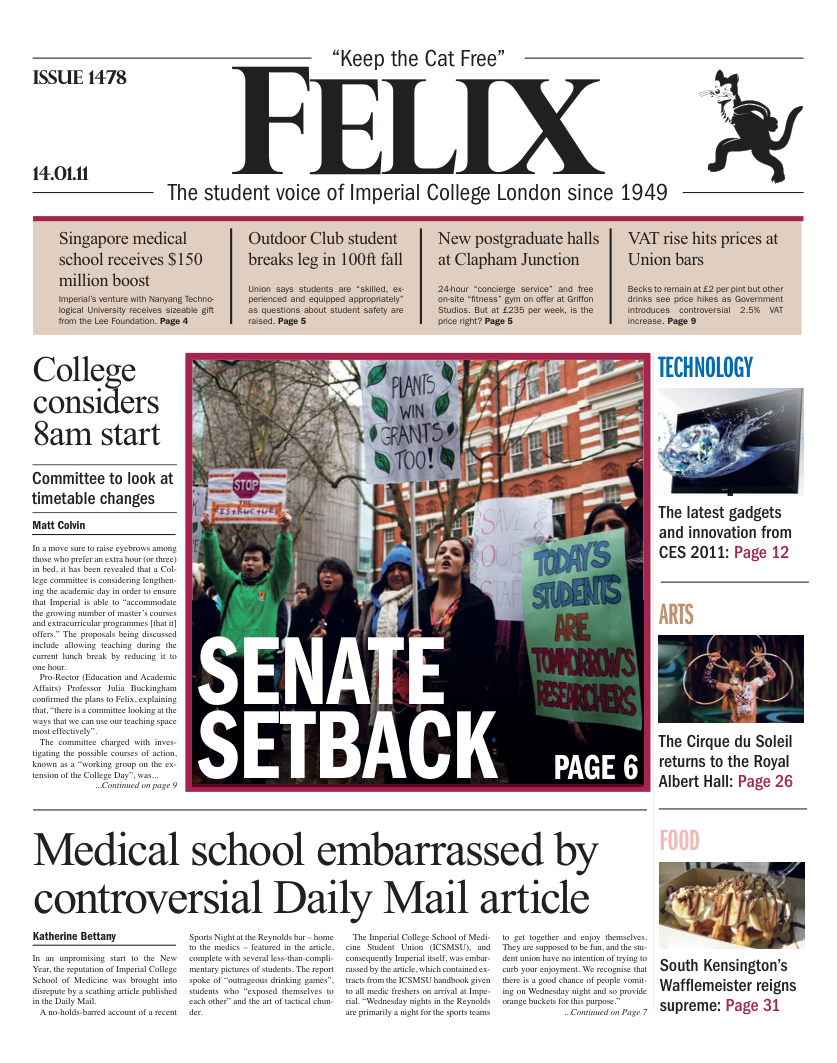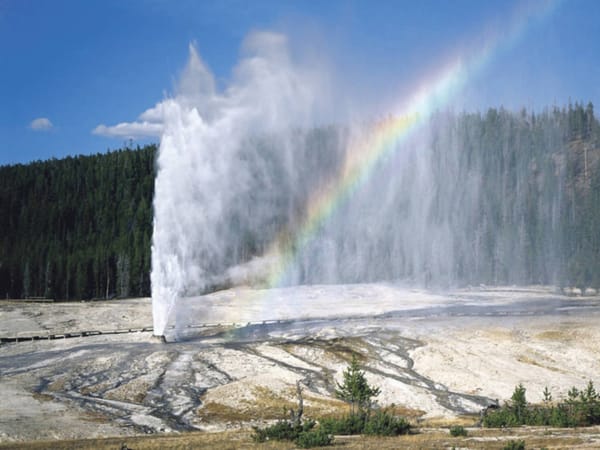Building green cities from scratch
We should move to new cities that are designed to be green

Ecologists and environmental scientists are trying hard to raise public awareness about environmental problems. I believe that everyone understands that we live on a suffering planet which has various increasing needs and demands, which is why cities all over the world have set high targets to reduce carbon emissions and produce clean energy. However, a very interesting alternative has started to evolve. Why not build new “green” cities from scratch?
Such a city would be called an Eco-City or a Sustainable City and would be designed specifically to minimize its energy, water and food needs, reduce its pollution and waste of resources, and be able to supply goods to its inhabitants with minimal reliance on the surrounding countryside. Fortunately, this relatively new idea is being applied at the moment in two places, one in China called Dongtan (near Shanghai), and one in the United Arab Emirates called Masdar (17 km from Abu Dhabi).
Plans for Dongtan city started in 2005. It is located in a corner of Chongming Island which is going to be connected with Shanghai by a bridge and a tunnel link. It will consist of three inter-linked villages, and all of them will combine homes, businesses and places for recreation. It will be able to provide housing for 80,000 people by 2020, and its designer’s aim is that every one of those people will be no more than seven minutes walk from public transport.
A real breakthrough is that no CO2 emitting cars will be available in either Dongtan or Masdar with only electric vehicles allowed. Another benefit is that electric cars are quiet so thinner materials can be used in building construction as there will be less noise to drown out. More than 60 per cent of the whole site is being allocated to parks and farmland and they expect an initial 83 per cent reduction in waste sent to landfills compared to other cities. As great amounts of rice husks are available in the area, they will be burned to produce energy and the releasing CO2 of this burn is going to be captured and fed into greenhouses.
Ironically, Masdar is located in a country that is a leading producer of fossil fuels yet it will be one of the most ecologically healthy cities. Its area will be 6.5 km2 with a population of around 50,000 people and a total cost of around 22 billions dollars. A light railway line will provide a transport link to Abu Dhabi and nobody will be more than 200m away from the public transport. A desalination plant will provide 8000m3 of water a day, and 60 per cent of the water used in Masdar will be recycled.
As you can imagine, in an Eco-City air-conditioning is not an acceptable solution to the problem of high temperatures, so scientists and engineers are focused on insulation and ventilation, and the maximization of shade. This is achieved by packing the streets of the city closer together and by limiting the maximum height of the buildings to four or five storeys. Engineers will use thin walls that react quickly to the sun and a thin metal layer on the outside to reflect the heat and stop it from penetrating the building.
One major difference between Masdar and typical cities is that the whole city will be raised with the pedestrian level free of vehicles and consequently, traffic noise. The first people to live in Masdar will be students at the Masdar Institute, which will be a base for sustainable engineering.
I hope that the first Eco-Cities will be able to inspire others and also enhance the way that other cities are trying to go green. In the UK, 10 eco-towns were about to be built, but because of the credit crunch and strong local protests at the proposed sites, further considerations need to be made. It is essential to mention that life in an Eco-City will be of a better quality, not only for people’s bodies, which are going to enjoy the health benefits, but also for their spirits, as they will feel closer to mother nature.









